At Dark Harbor, Maine, the legacy of the Rossiter Skiff outshines that of even its most popular fiberglass counterparts. Dark Harbor, located on the mid-coast island of Islesboro, is home to a small summer colony. The family of skiffs that evolved here has been around for decades, and summer residents and local fishermen alike continue to use these boats more than a half-century after the design’s debut. Some of the boats have become family heirlooms.First built by Willis Rossiter toward the end of World War II, the Rossiter Skiff—originally called the Willis Skiff—was designed around the increasing availability of small and reliable outboard engines. The skiffs’ plywood construction made them relatively light and the extreme rocker built into the bow allowed the boats to run up a beach for some distance before grounding out. Island picnic-goers prize the boats, as their shallow forward sections allow passengers to alight with dry feet while, on a beach of average slope, engines can remain in the water with ample depth for safe operation. Additionally, the hulls are more efficiently driven than similar-sized V-bottomed designs. The hard-chined hull is easily built and provides enough stability to accommodate whole families. The generous rocker forward will set the bow high on the beach for stepping ashore dry-shod.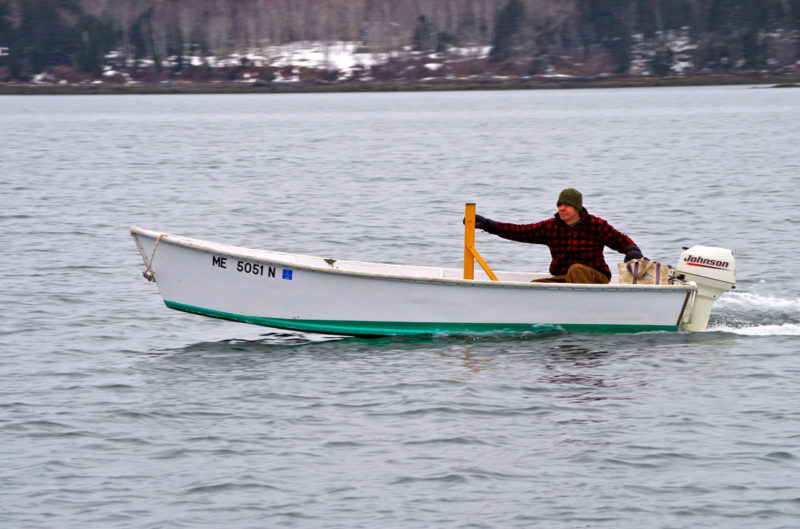 all photographs by the author
all photographs by the author
Join The Conversation
We welcome your comments about this article. If you’d like to include a photo or a video with your comment, please email the file or link.
One thought on “The Willis Boats of Maine’s Dark Harbor”
Comments are closed.
Stay On Course

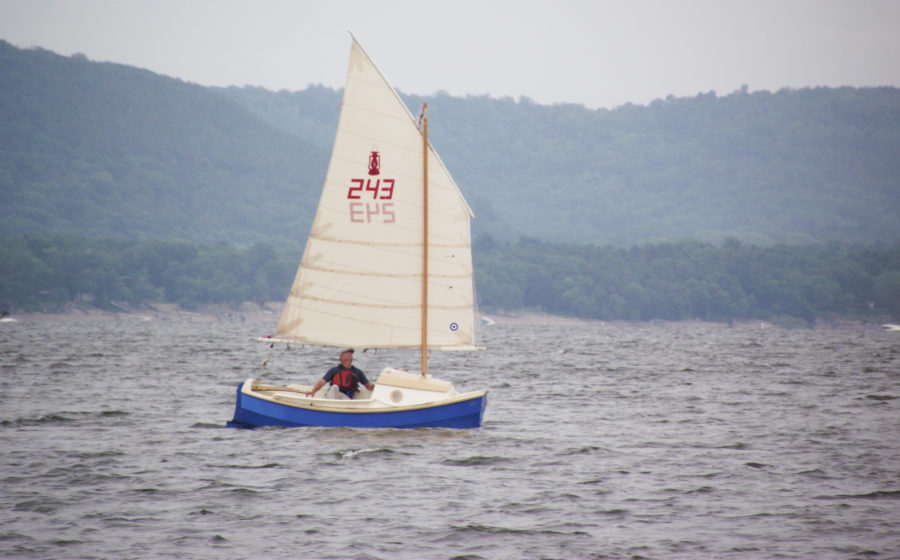
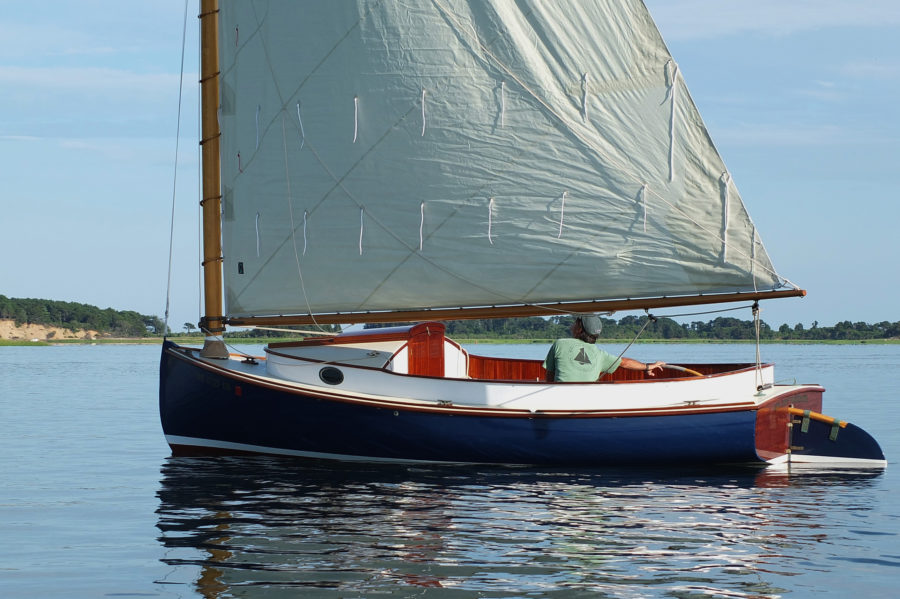
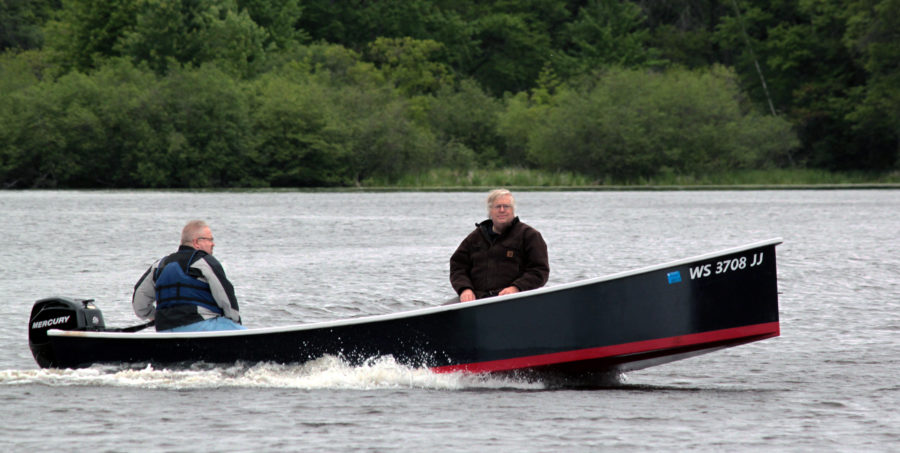
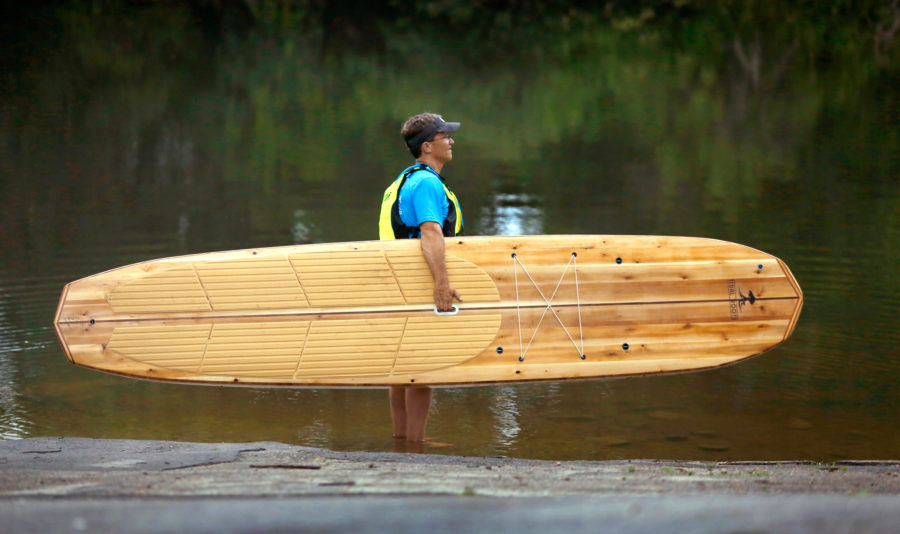
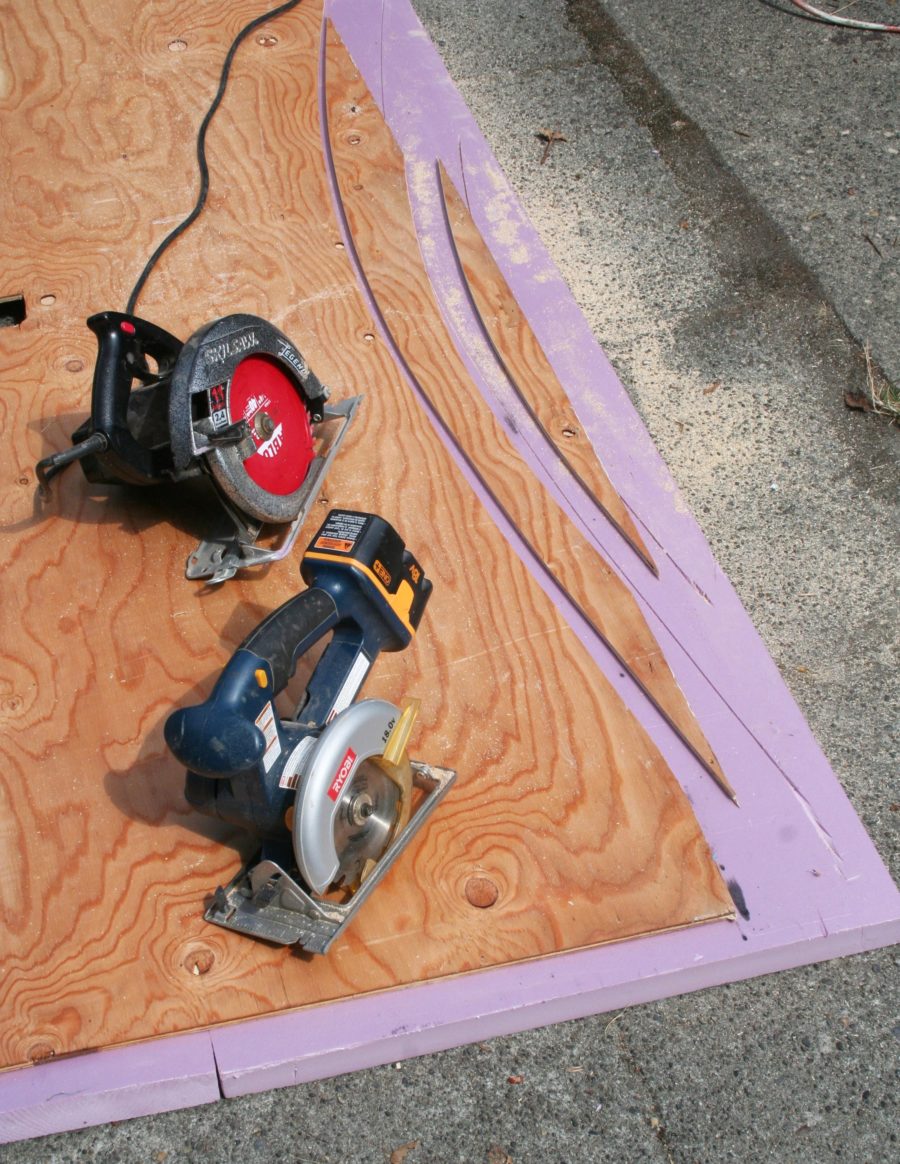
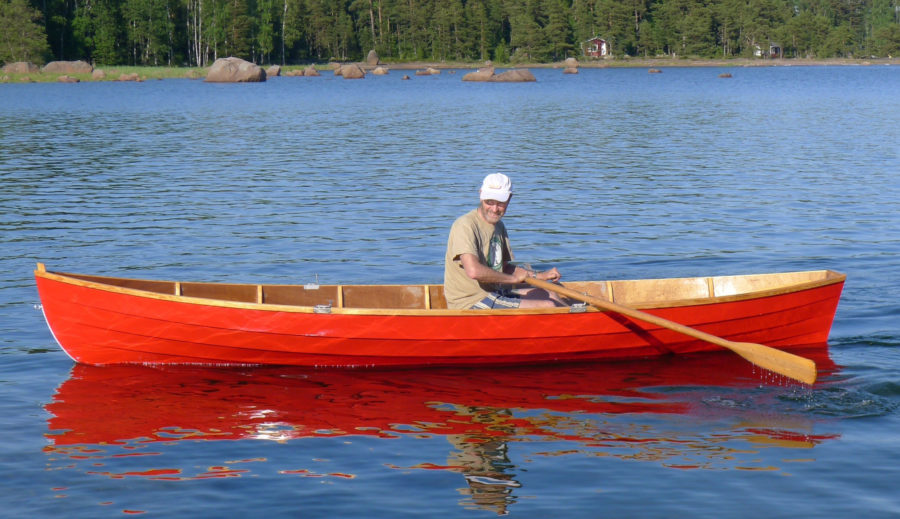
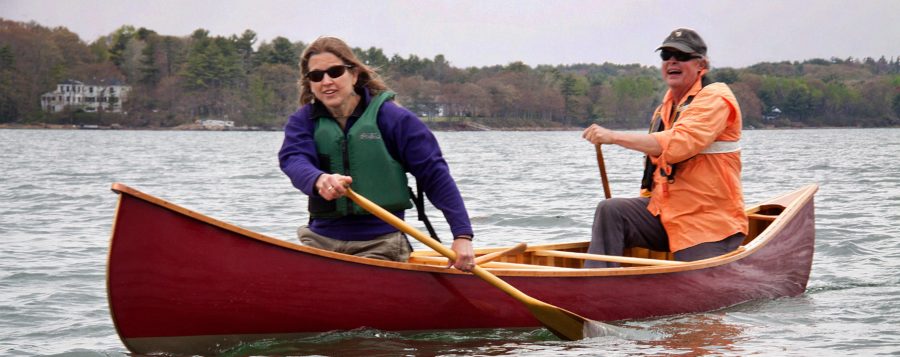

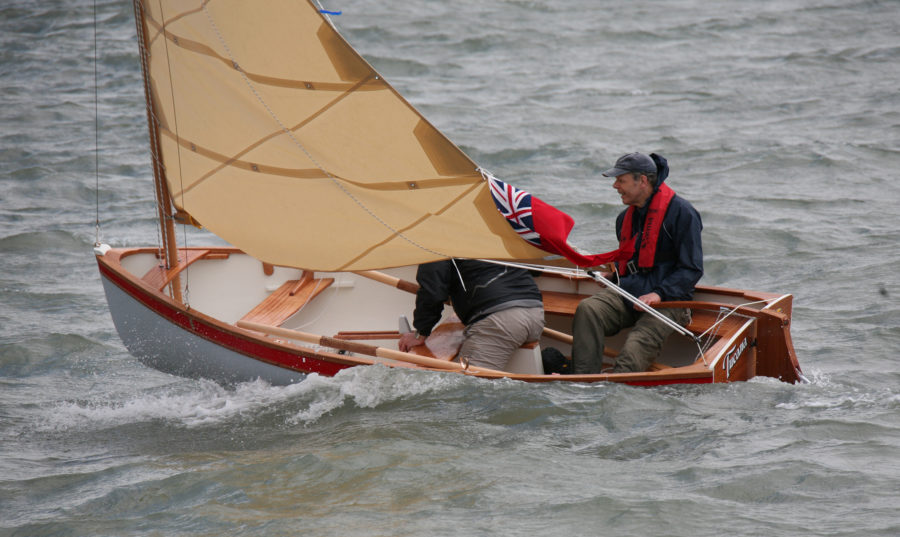
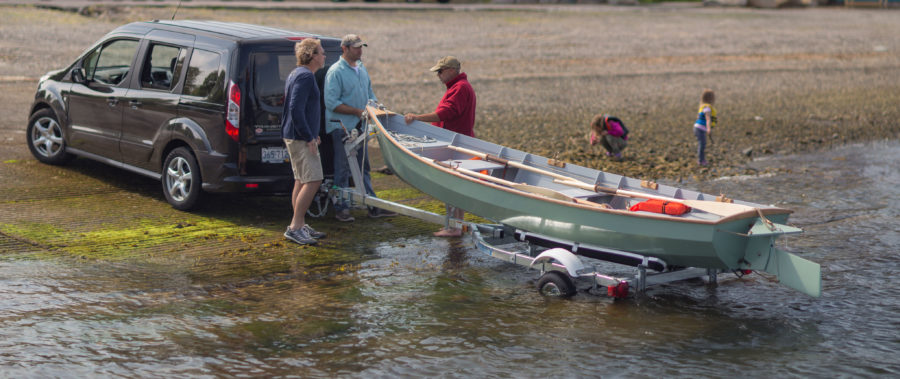
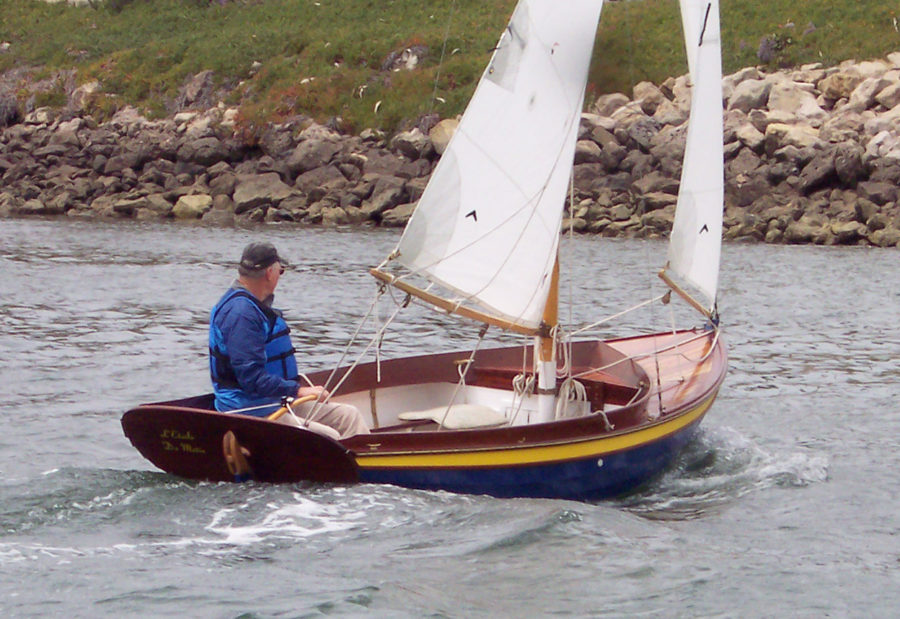
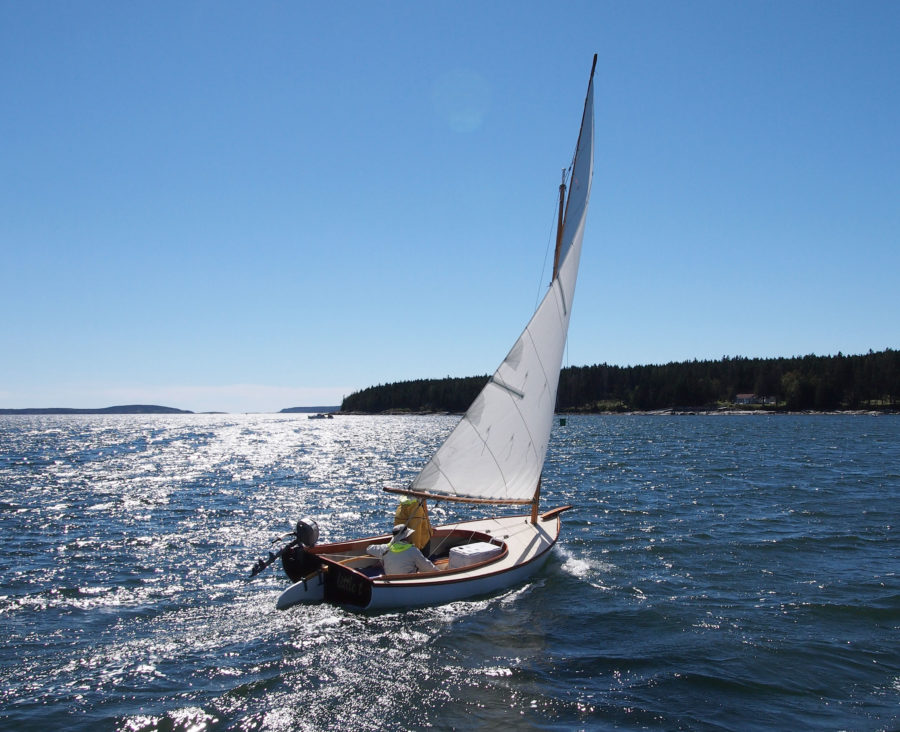
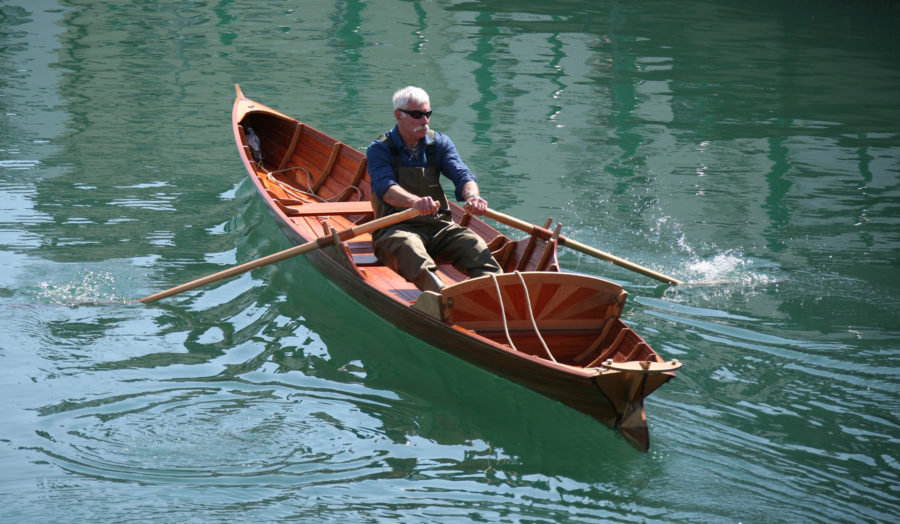
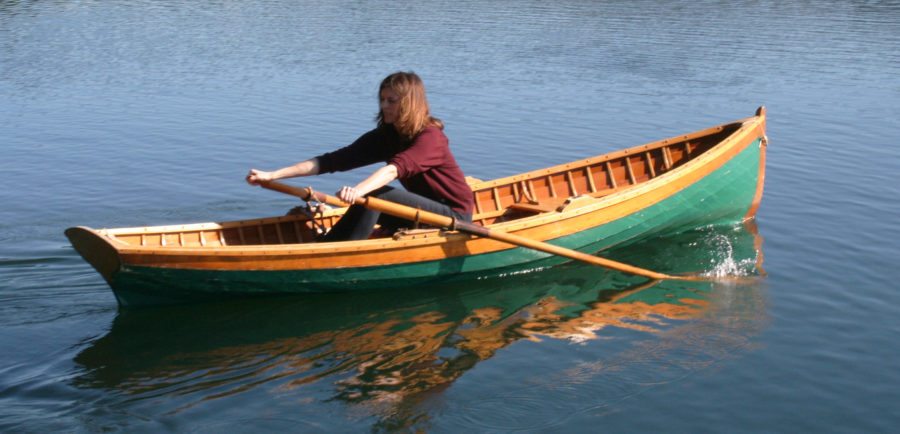
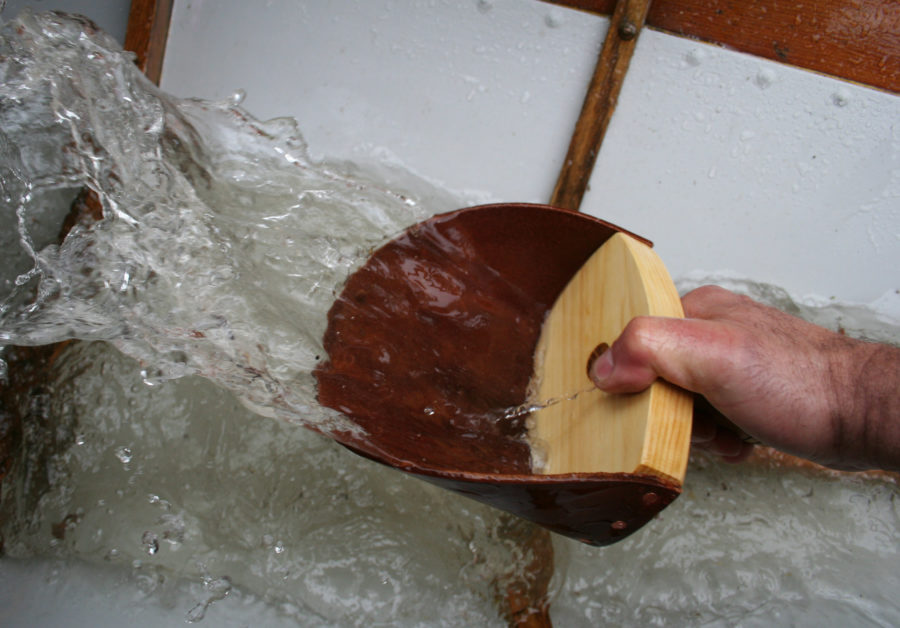
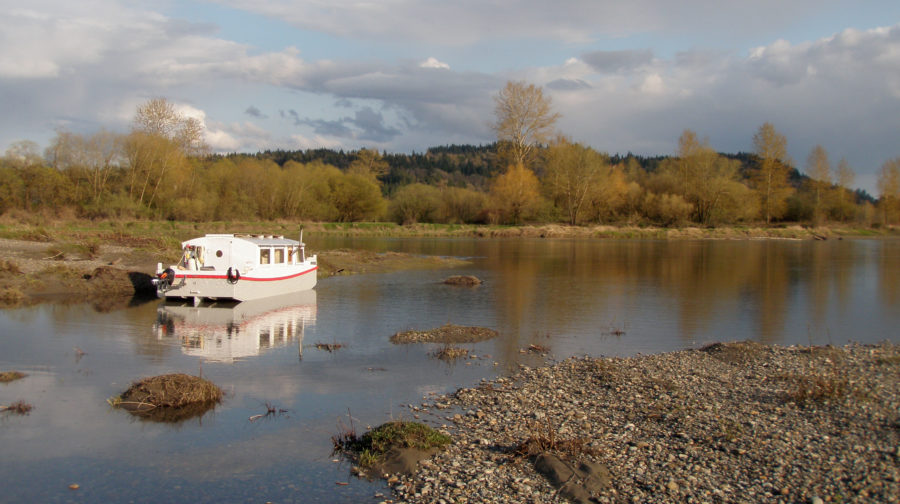
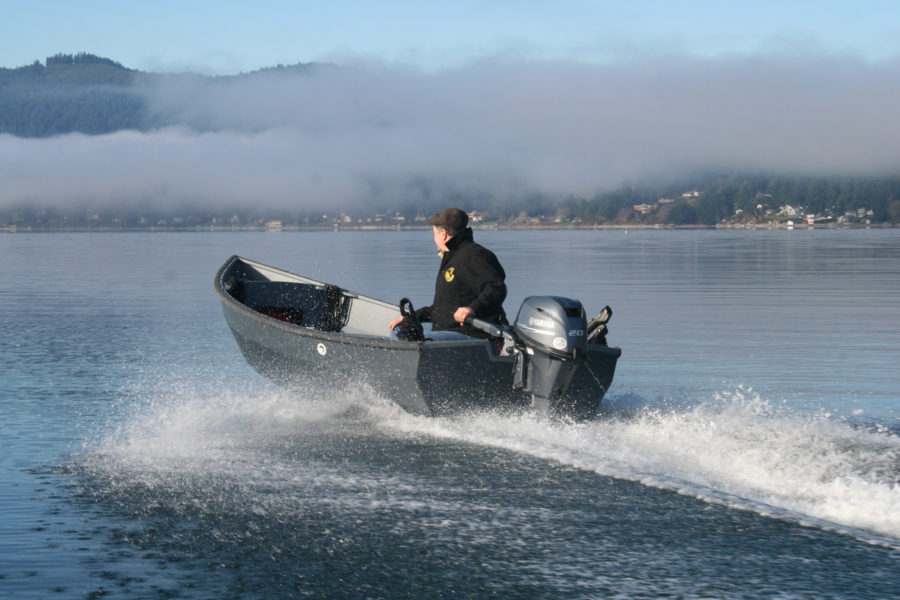
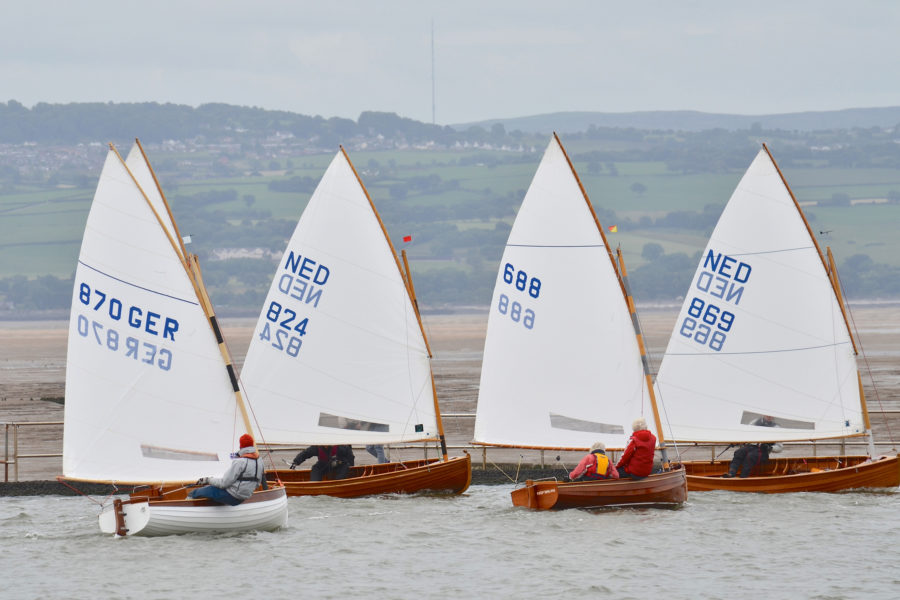
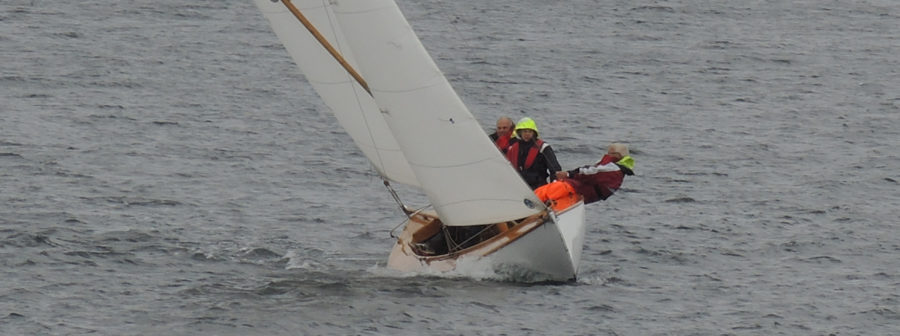
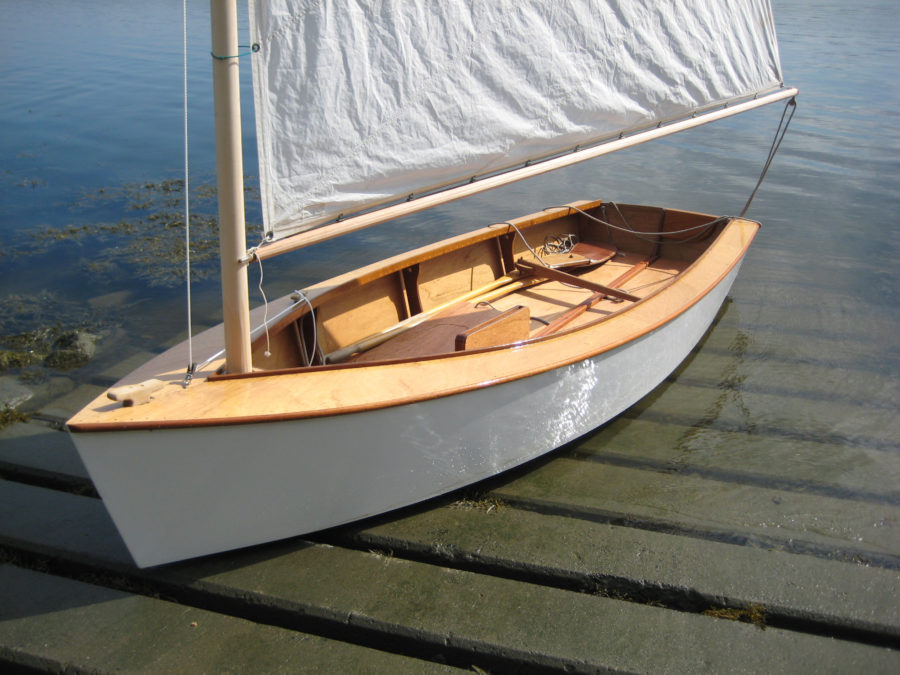
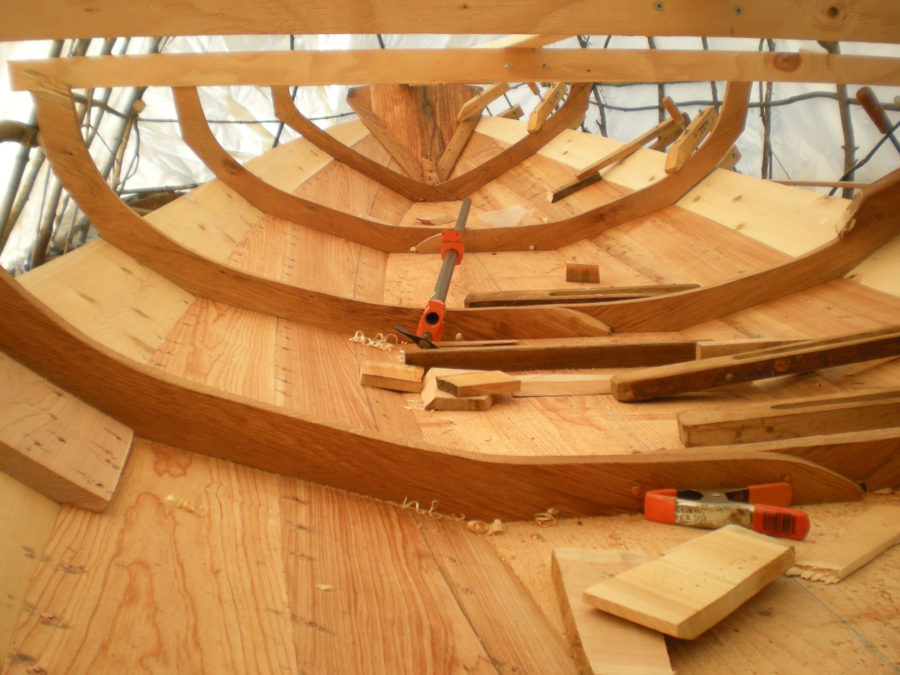
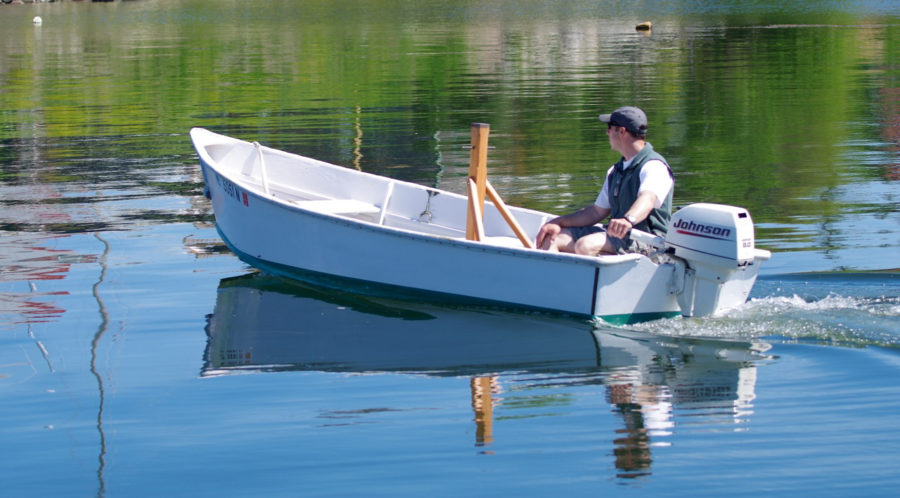
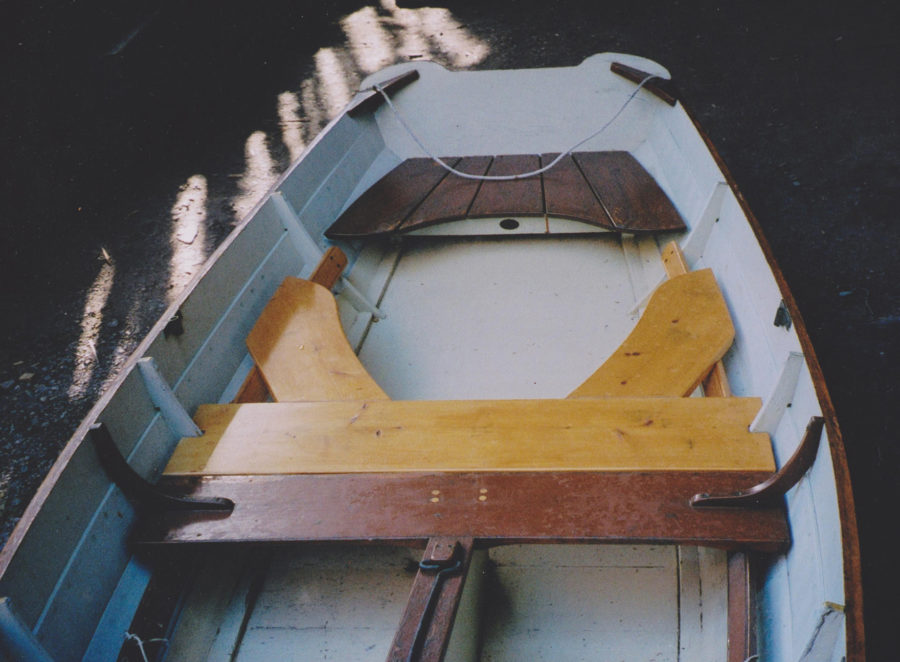
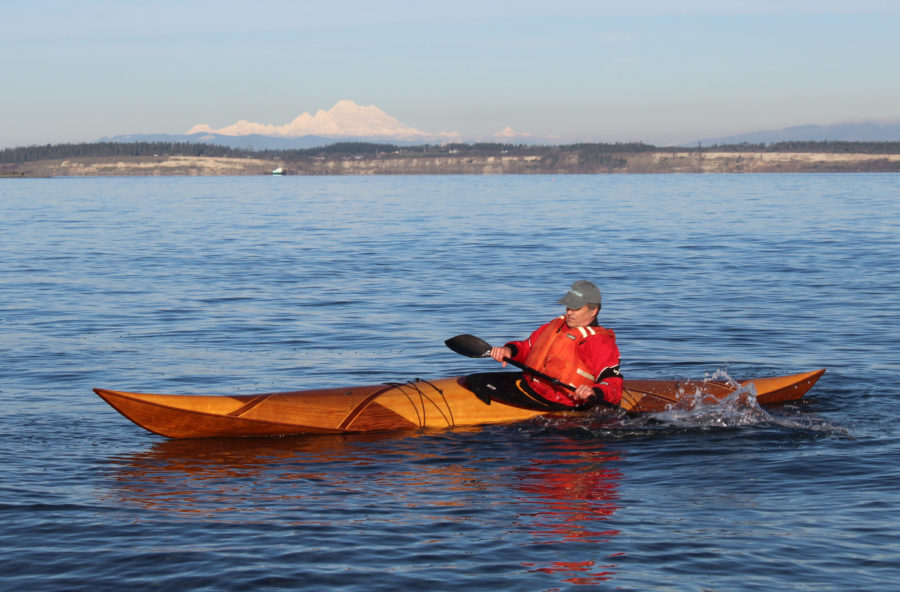

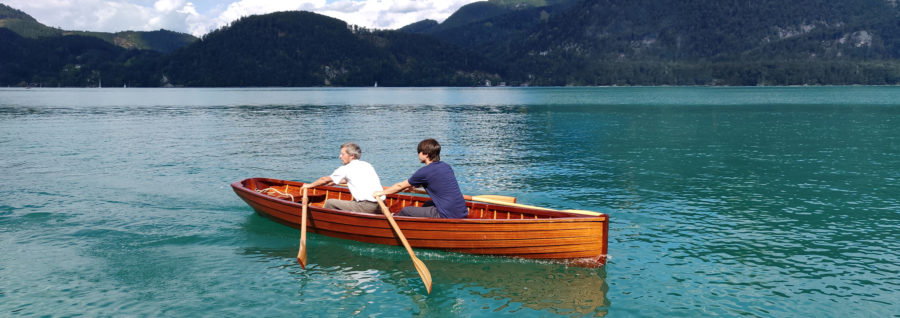
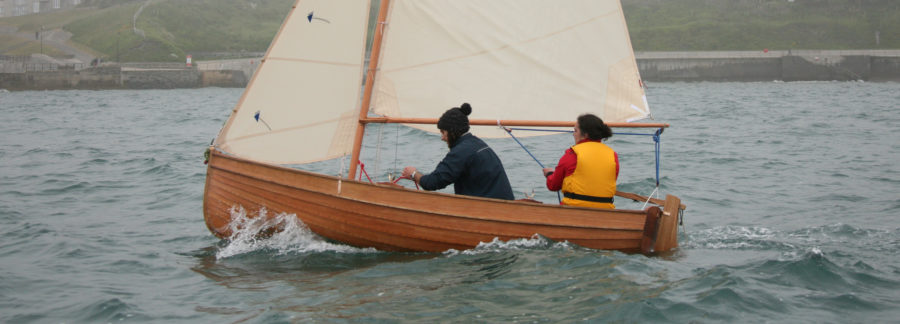
A very nice design. Those interested in the Rossiter might also want to consider the Bolger/Payson Diablo. The Diablo shares the clean simplicity of the Rossiter. Its an easy boat to build from plywood panels and has a very versatile hull shape. Plans are available for 15- and 18 -ft versions.